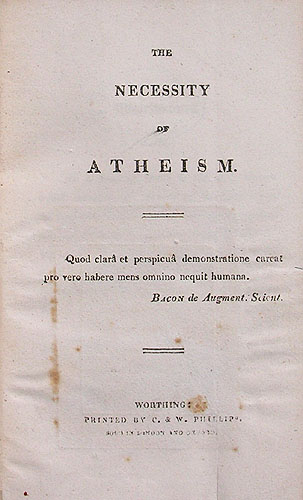This article needs additional citations for verification .(March 2013) |
| |||
|---|---|---|---|
| +... |
This article contains information about the literary events and publications of 1811.
This article needs additional citations for verification .(March 2013) |
| |||
|---|---|---|---|
| +... |
This article contains information about the literary events and publications of 1811.
This article contains information about the literary events and publications of 1886.
This article contains information about the literary events and publications of 1821.
This article contains information about the literary events and publications of 1820.
This article contains information about the literary events and publications of 1819.
This article contains information about the literary events and publications of 1817.
This article contains information about the literary events and publications of 1816.
This article contains information about the literary events and publications of 1814.
This article contains information about the literary events and publications of 1813.
This article contains information about the literary events and publications of 1810.

"The Necessity of Atheism" is an essay on atheism by the English poet Percy Bysshe Shelley, printed in 1811 by Charles and William Phillips in Worthing while Shelley was a student at University College, Oxford.
This article contains information about the literary events and publications of 1808.
This article contains information about the literary events and publications of 1803.
Nationality words link to articles with information on the nation's poetry or literature.
Nationality words link to articles with information on the nation's poetry or literature.
Nationality words link to articles with information on the nation's poetry or literature.
Nationality words link to articles with information on the nation's poetry or literature.

Percy Bysshe Shelley was one of the major English Romantic poets. A radical in his poetry as well as in his political and social views, Shelley did not achieve fame during his lifetime, but recognition of his achievements in poetry grew steadily following his death, and he became an important influence on subsequent generations of poets, including Robert Browning, Algernon Charles Swinburne, Thomas Hardy, and W. B. Yeats. American literary critic Harold Bloom describes him as "a superb craftsman, a lyric poet without rival, and surely one of the most advanced sceptical intellects ever to write a poem."

St. Irvyne; or, The Rosicrucian: A Romance is a Gothic horror novel written by Percy Bysshe Shelley in 1810 and published by John Joseph Stockdale in December of that year, dated 1811, in London anonymously as "by a Gentleman of the University of Oxford" while the author was an undergraduate. The main character is Wolfstein, a solitary wanderer, who encounters Ginotti, an alchemist of the Rosicrucian or Rose Cross Order who seeks to impart the secret of immortality. The book was reprinted in 1822 by Stockdale and in 1840 in The Romancist and the Novelist's Library: The Best Works of the Best Authors, Vol. III, edited by William Hazlitt. The novella was a follow-up to Shelley's first prose work, Zastrozzi, published earlier in 1810. St. Irvyne was republished in 1986 by Oxford University Press as part of the World's Classics series along with Zastrozzi and in 2002 by Broadview Press.

Romanticism was an artistic, literary, and intellectual movement that originated in Europe toward the end of the 18th century. Scholars regard the publishing of William Wordsworth's and Samuel Coleridge's Lyrical Ballads in 1798 as probably the beginning of the movement, and the crowning of Queen Victoria in 1837 as its end. Romanticism arrived in other parts of the English-speaking world later; in the United States, it arrived around 1820.

Wolfstein, The Murderer; or, The Secrets of a Robber's Cave is an 1850 chapbook based on Percy Bysshe Shelley’s 1811 Gothic horror novel St. Irvyne; or, The Rosicrucian.